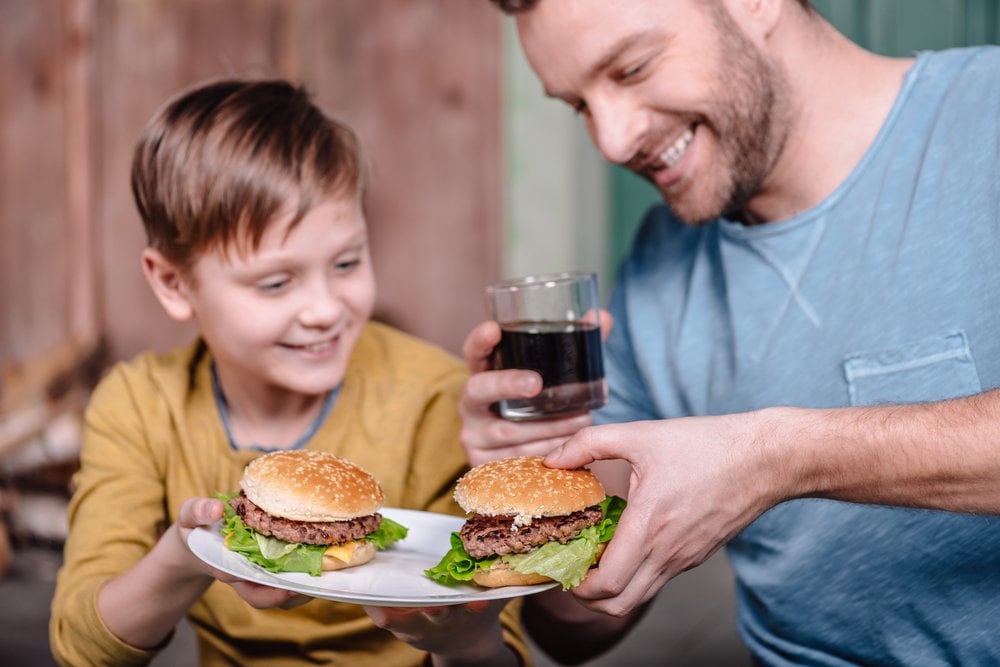
While consumers often try a brand because of its perceived benefits, they continue to buy when they become emotionally connected to the brand’s story. When carefully crafted and skillfully communicated, stories can influence and inspire in ways simple facts and raw data simply cannot. Importantly, storytelling is equally powerful in the world of business and brands. Research has proven that consumers are considerably more willing to purchase brands that have a compelling story they can relate to than from brands that do not.
Many historians and psychologists believe that storytelling is one of the defining characteristics of our species. Stories, by definition, are accounts of imaginary or real people and events told to entertain or teach lessons. Great stories create strong connections between people. The better the story, the stronger that emotional connection becomes. Stories often build tension through conflict and obstacles, then offer relief through problem resolution. The best stories have immense power to transform.
Storytelling in the World of Business
Storytelling is an equally compelling form of communication in business as it is in other contexts, but that fact is not always intuitive. We think of business as being driven by rational arguments and evidence, not emotional pleas. Statistics and data rule the day in most business environments. Despite this, it is important to remember that business executives are still human beings—and still subject to the same powerful, transformative properties of storytelling as the rest of us.
The persuasive evidence of storytelling’s benefits in business can be found in a report from Headstream, The Power of Brand Storytelling: How Brand Storytelling Can Meet Marketing Objectives. The report and the research results that inspired it underscore the importance consumers place on good brand stories—and the economic benefits for companies that tell those stories. Regarding the importance of good brand stories and their bottom-line impact, Headstream’s research offered four key findings:
-
Young People Like Stories
Headstream found that 79% of its respondents preferred brands that told stories. People from the ages of 18 to 34 were particularly interested in stories, indicating that Millennial consumers are less interested in sales pitches and more responsive to brands they can identify with on a personal level.
-
Stories Tie to Emotions
According to Headstream, the most impactful types of stories are “humorous, dramatic, or heartwarming.” We like it when a story makes us feel something. When brands deliver high-quality stories that affect our emotional state, we’re more inclined to listen.
-
Consumers Listen to Branded Stories
Fortunately, 64% of Headstream’s surveyed population said brands tell good stories. That’s great news for brands because it means that consumers don’t automatically assume they want to sell something. If the brand tells a good story, people are willing to hear it.
-
Brand Stories Translate to Revenue
Even if stories themselves aren’t sales vehicles, brands with better stories sell more. Headstream found that great stories created purchase intent in 55 % of surveyed consumers. Stories are highly effective brand assets, but brands can’t make up any old story and expect audiences to respond. They need stories that resonate—stories that feel both familiar and exciting. To create powerful narratives, brands must understand the building blocks of all great stories.
The Quarantine Burger
COVID-19 has wreaked havoc on all of our lives, and we all are confronting a new reality that is in constant flux. It’s an incredibly tough moment for marketers because what is relevant in one moment changes in the next.
However, despite the limited possibilities around filming and photographing due to social distancing and quarantines, a recent ad by Burger King shows us that it can be done. The Burger King campaign teaches us all how to make our own Whopper, or “Quarantine Burger,” at home.
So, how has Burger King managed to create such a great advertisement during a global pandemic? Because Burger King understands what people need and delivers it.
Sheltering in place means the closing of restaurants and stores, including Burger King’s. However, Burger King also realizes that its patrons still need to eat. Furthermore, stressed, busy people might actually crave convenience food (i.e., comfort food), which is no longer readily available.
A great brand story invites users to connect to the brand through creative and emotional relevance. Fast food is about feeding people, quickly and reasonably. That’s especially important for families now preparing every meal at home. Teaching us how to make a Quarantine Burger fulfills the “quick, reasonably, fed” purpose of a hamburger joint.
It also connects with Burger King’s values, which include fun, novelty, and value. And, the visual style is quick and easy to swallow—both on brand and super valuable during a stressful time. It looks like a Burger King ad, and that in itself generates the comfort we all associate with our favorite fast food brands.
Our brand consulting firm believes that a brand's narrative is the cornerstone of its overall branding strategy. Contact us to learn more about our unique approach and how our brand strategy consulting team can help you to craft a brand narrative that will resonate with your target audience.
Recent Posts
Posts by Topics
- Brand Strategy (57)
- Brand Strategy Consulting (28)
- Brand Differentiation (27)
- Customer Experience (24)
- Brand Positioning (22)
- Marketing Strategy (9)
- Brand Extension Strategy (8)
- Customer Behavior (8)
- Brand Architecture Strategy (7)
- Brand Extension (7)
- Brand Growth (7)
- Brand Portfolio & Architecture (7)
- Brand Purpose (7)
- Brand Value Proposition (7)
- Brand Engagement (6)
- Brand Portfolio Strategy (6)
- Brand Storytelling (6)
- Rebranding Strategy (6)
- Brand Awareness (5)
- Brand Image (5)
- Branding (5)
- Rebranding (5)
- Technology (5)
- B2B Brand Strategy (4)
- Brand Experience (4)
- Value Proposition (4)
- Brand Extendibility (3)
- Brand Metrics (3)
- Brand Repositioning (3)
- Corporate Branding (3)
- Differentiation Strategy (3)
- Measurement & Metrics (3)
- Brand Engagement Strategy (2)
- Brand Portfolio (2)
- Brand Promise (2)
- Brand Voice (2)
- Digital Marketing (2)
- Digital and Brand Experience (2)
- Employee Brand Engagement (2)
- Brand Architecture (1)
- Brand Development (1)
- Brand Equity (1)
- Brand Identity (1)
- Brand Measurement (1)
- Brand Name (1)
- Brand Strategy Consultants (1)
- Brand Strategy Firms (1)
- Digital Strategy (1)
- Internal Branding (1)
- Messaging (1)

